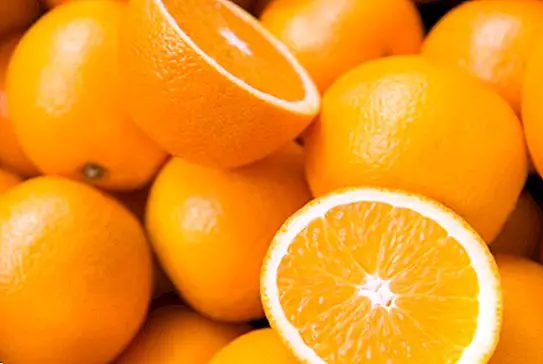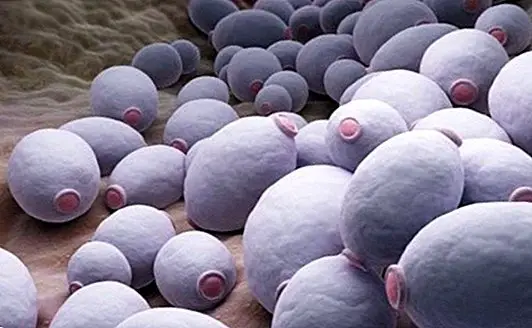What a celiac can eat and what not: the gluten-free diet
The celiac It consists of an intestinal disease, which affects genetically predisposed individuals when they eat foods that contain gluten. Gluten is a protein that is part of the flour of cereals, such as barley, wheat, oats and rye.
At the moment in which there is contact of gluten with the intestinal mucosa, a series of immunological-based inflammatory reactions arise, which can even cause serious damage in the small intestine, which is responsible for the absorption of nutrients from the intestine. what we eat every day.
Therefore, when you have celiac it is essential to know what foods the celiac person can eat. And that is to avoid foods that contain gluten (as we will see, a protein that we find naturally in cereals such as wheat, barley and rye) is essential for proper treatment of celiac disease.
Thus, when gluten is completely eliminated in the diet of the person with celiac disease, it helps to improve symptoms, relieving the damage caused to the small intestine, and also helps to prevent further damage to the organism over time. .
What foods can a celiac eat?
The key is to avoid those foods that contain gluten. This does not mean that the person with celiac disease can not follow a well-balanced, balanced and varied diet. For example, it is possible to safely consume healthy and nutritious foods such as fruits and vegetables, legumes, potatoes, rice, meat, seafood and fish.
It is also possible to eat certain cereals in whose composition, precisely, we do not find gluten. This is the case of foods such as buckwheat, amaranth, soy or quinoa.
In the particular case of oats, although there is some controversy about their safety, in recent years there are indications that most people with celiac disease can eat moderate amounts of oats. Provided, that yes, do not come into direct contact with the gluten from wheat during processing. However, we advise you to consult your doctor about whether or not it would be appropriate to include small amounts of oats in your diet.
In addition, we should not forget about healthy oils such as extra virgin olive oil, which is extremely rich in healthy fats and antioxidants. You can also choose sunflower or corn oil. Dairy products are also safe.
In the case of bakery products, although from a nutritional point of view they are not suitable not because they are dangerous for the celiac but because of their contribution in empty calories, saturated fats and refined sugars (such as muffins, biscuits or cookies), it is evident that I could only opt for those who do not have gluten; that is, that they have been specially developed for people with celiac disease.
What foods can a person with celiac disease not eat? Foods with gluten
Evidently, can not eat any food that contains gluten. That is, you should avoid all flours and foods made with wheat: white flour, wheat, spelled, wheat germ, wheat bran ...
In addition, there are certain foods that, usually, are usually made with wheat, such as: bread, pasta, cookies, couscous, cereals, beers, sauces and dressings, flour tortillas ...
Therefore, it is essential that the person with celiac disease reviews the labels of the foods and products that they usually buy, since they will indicate whether they contain gluten or not.

What you should keep in mind when making the purchase if you have celiac disease
When making the purchase, both in the supermarket and in the market, it is of vital importance that you pay special attention to the following basic tips:
- Read food labels carefully, especially if it's the first time you buy them. Especially, pay attention to processed, canned and frozen foods. Those that are free of gluten are safe.
- "Gluten-free" foods. Identify them on the shelves of the supermarket. It is certainly simple, so in many cases you will find an icon or the phrase "gluten free" in the labeling of the food or food product.
It is true that you will observe that, as a general rule, foods labeled as "gluten-free" or "gluten-free" are relatively more expensive than the same foods that contain gluten. However, gluten-free foods naturally are less expensive, so it is best to opt for this type of natural foods.
Images of Istockphoto. This article is published for informational purposes only. You can not and should not replace the consultation with a Nutritionist. We advise you to consult your trusted Nutritionist. ThemesFood intolerances



